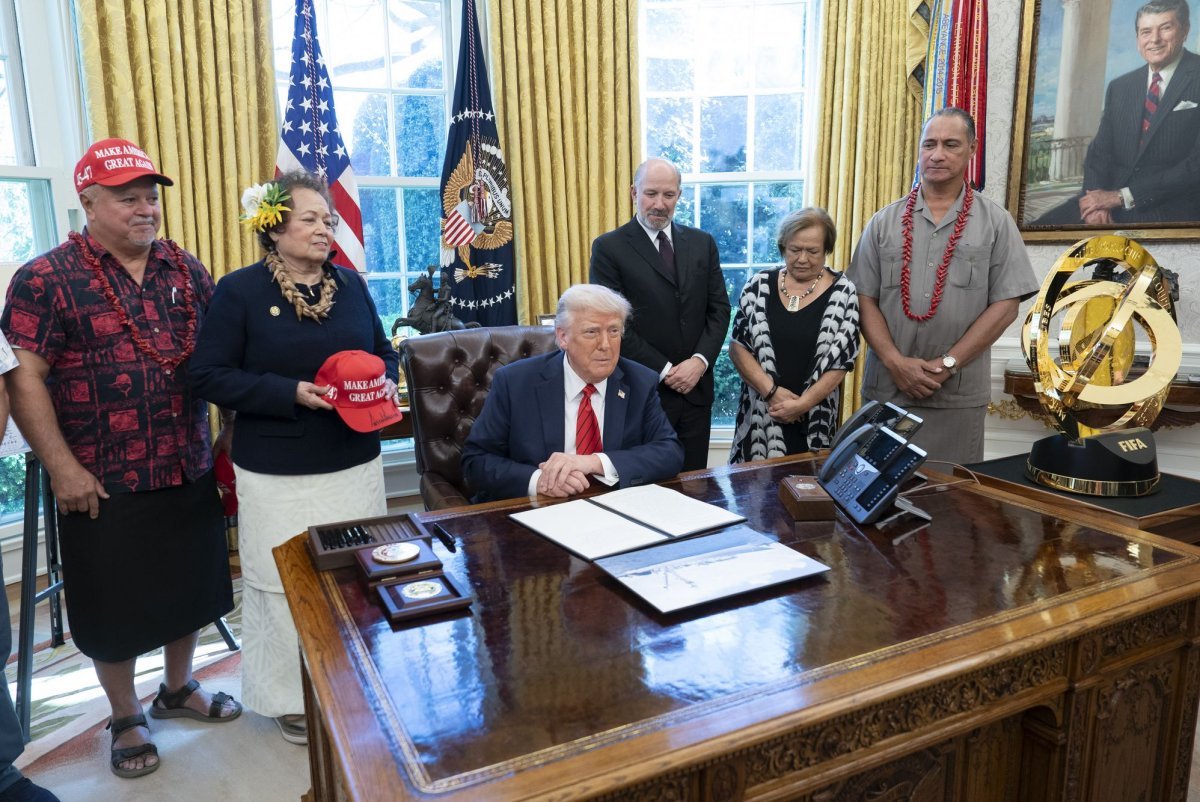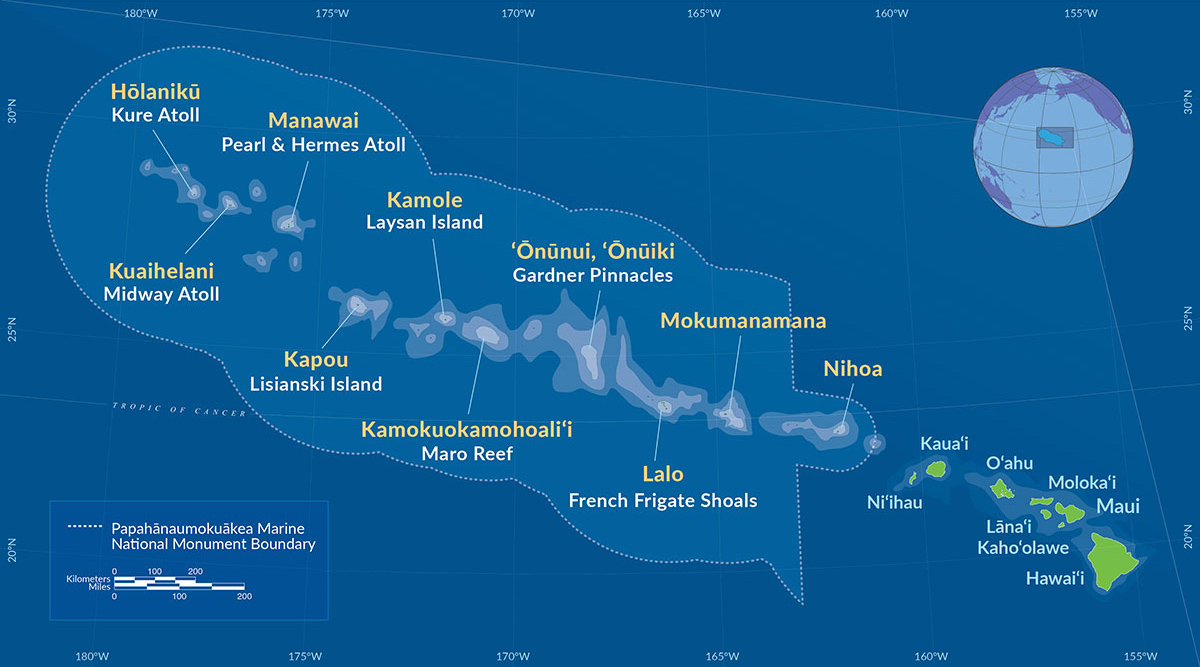
Keith Lusher 05.07.25

President Donald Trump has taken bold steps to revitalize America’s commercial fishing industry, signing executive orders that aim to position the United States as “the world’s dominant seafood leader” while addressing a seafood trade deficit exceeding $20 billion.
In a decisive move that represents a significant shift in federal policy, Trump opened the Pacific Islands Heritage Marine National Monument to commercial fishing and directed federal agencies to reduce regulations that he described as unnecessarily burdening the industry.
“The United States should be the world’s dominant seafood leader,” President Trump stated during the signing ceremony at the White House. “This was an easy one,” he added, referring to his decision to prioritize commercial fishing interests and economic opportunity over previous conservation-focused policies.
The Pacific Islands Heritage Marine National Monument, established by President George W. Bush in 2009 and expanded by President Obama in 2014, encompasses nearly 500,000 square miles in the central Pacific. Trump’s proclamation now allows U.S.-flagged vessels to fish commercially within 50 to 200 nautical miles of the monument’s boundaries.

The action has particular significance for American Samoa, whose economy heavily depends on the fishing industry. The territory is home to the only Buy American-compliant tuna processing facility for U.S. military rations and school lunch programs. This cannery provides approximately 5,000 jobs and accounts for 99.5% of American Samoa’s exports.
“Thank you, President Trump,” said Aumua Amata Coleman Radewagen, American Samoa’s Republican delegate to the House of Representatives. “This sensible proclamation is important to the stability and future of American Samoa’s economy, but it also is fantastic news for U.S. food security.”
Industry representatives have welcomed the changes. Lisa Wallenda Picard, president and chief executive officer of the National Fisheries Institute, described the executive order as a “thoughtful, strategic approach” that could provide a lifeline to America’s fishermen.
“The EO outlines key actions to benefit every link in the supply chain — from hardworking fishermen to parents who serve their family this nutritious and sustainable protein at home,” Wallenda Picard said.
The administration argues that previous restrictions had forced American fishermen to travel further offshore to international waters, where they face competition from poorly regulated and heavily subsidized foreign fleets, particularly from China. By supporting American fishermen, the administration contends it is also combating illegal and unregulated fishing by foreign vessels.
Congressman Bruce Westerman, the Arkansas Republican who leads the House Committee on Natural Resources, called the order a “monumental new economic opportunity” and emphasized that “our fellow Americans in the Indo-Pacific region rely on commercial fishing for their economic stability and their future.”
While the fishing industry celebrates, environmental organizations have expressed concerns. Beth Lowell, vice president of conservation group Oceana, warned that the orders “don’t loosen red tape – they unravel the very safety net that protects our oceans, our economy, and our seafood dinners.”

The administration maintains that existing measures such as the Endangered Species Act and the Clean Water Act will sufficiently protect marine resources, species, and habitats within the monument area.
Trump’s action aligns with his broader strategy of economic deregulation, including his 10-to-1 deregulation initiative, ensuring that every new federal rule is justified by clear benefits and accompanied by larger deregulatory measures.
For American fishermen who have faced challenges from environmental changes and previous regulatory restrictions, the executive orders signal a promising shift toward economic growth and renewed opportunity in America’s waters.
Trending Products












